As urban living continues to evolve, so does the necessity for efficient housing solutions that can maximize comfort in minimal spaces. The capsule house (French:maison capsule) serves as a remarkable answer to this growing need. This article aims to delve into the appealing aspects of capsule houses, demonstrating why they are a viable option for small space living.
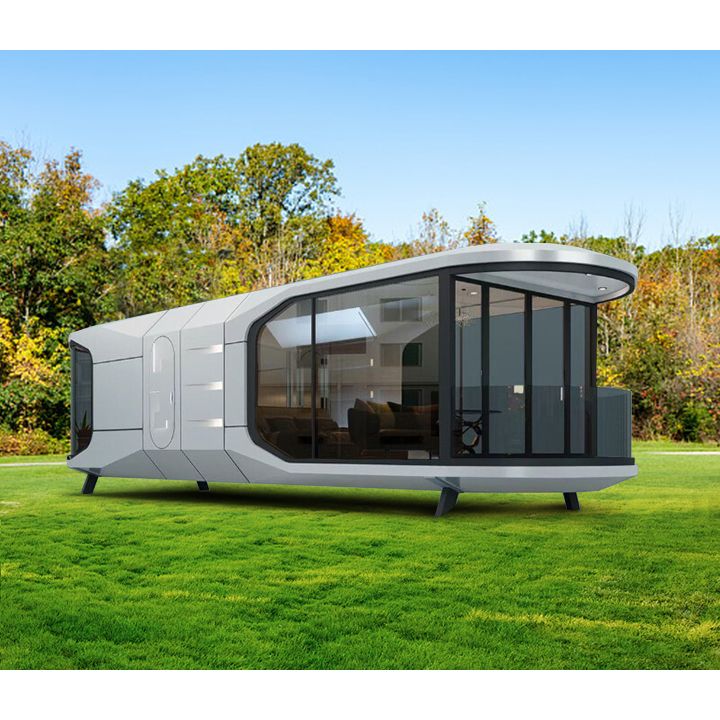
Understanding the Concept of Capsule House
A capsule house, often referred to as a micro house or tiny home, is a compact living solution designed to offer the essentials of a comfortable living space without unnecessary excess. These innovative structures typically range from 100 to 400 square feet, making them ideal for individuals or couples looking to simplify their lifestyle. The charm of a capsule house lies in its multifunctional design; every inch is effectively utilized to ensure that the occupant has access to all necessary amenities, from sleeping areas to kitchen facilities.
The concept of a capsule house originated in Japan in the late 1960s, designed by architect Kenzō Tange in response to the high demands of urbanization. The design has evolved, but the core principles remain intact—compactness, functionality, and minimalism. This style is not just for singles; families have started adapting to capsule living as well, demonstrating its flexibility in catering to diverse needs.
In today’s fast-paced world, where space and affordability are crucial, the capsule house promotes a lifestyle focused on sustainability. These houses can often be built with eco-friendly materials and utilize energy-efficient technologies, setting the stage for environmentally conscious living.
This small yet functional space can dramatically reduce living expenses, allowing occupants to invest their resources in experiences rather than possessions.
The Benefits of Embracing Capsule House Living
Living in a capsule house offers countless benefits, particularly for individuals seeking simpler lifestyles. First and foremost, the most significant advantage is affordability. Traditional housing can impose a heavy financial burden due to mortgages and monthly rent payments. In contrast, capsule houses tend to be much more affordable to build or buy and require significantly lower maintenance costs, thereby providing a financial breather for residents.
Second, the capsule house design boosts efficiency. Enhanced organization is paramount in small spaces; designers often implement shelving, multifunctional furniture, and clever storage solutions. This organized layout contributes to a feeling of spaciousness, which is essential for mental clarity and emotional well-being.
Moreover, capsule houses are flexible and can be built or modified to fit various lifestyles, whether for a single person, a couple, or even a small family. These houses can be relocated easily, making them an appealing choice for those who might want to travel or relocate without the hassles associated with traditional housing.
Furthermore, the reduced size of a capsule house encourages a decluttered lifestyle. With fewer possessions, inhabitants can prioritize experiences—travel, hobbies, and relationships—over material items. Such a lifestyle fosters a sense of freedom that many individuals find liberating.
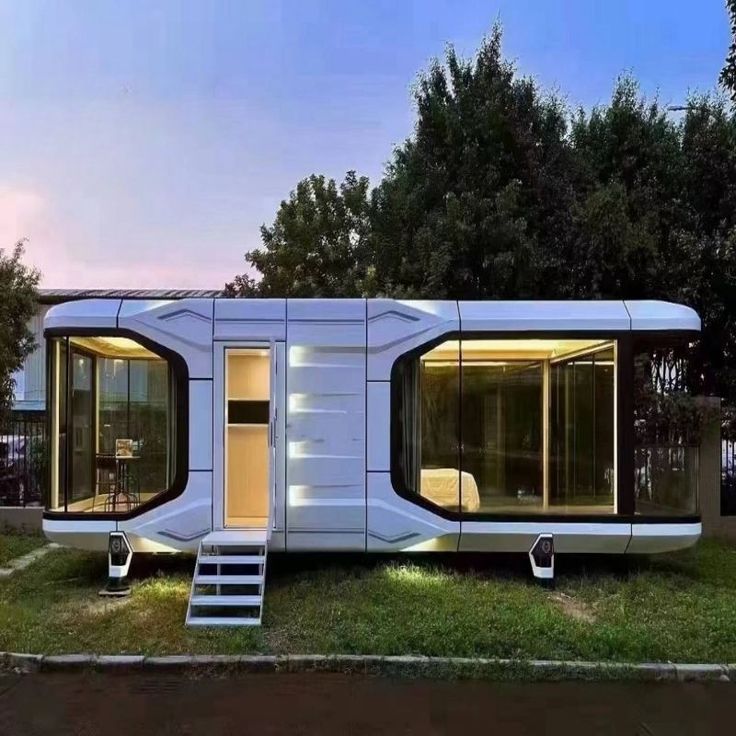
Innovative Design Features of Capsule House
Capsule houses distinguish themselves through their unique design and construction features that optimize the small living space. The architectural designs emphasize modularity and adaptability, allowing for configurations to suit various personal preferences. One innovative element typically found in capsule houses is the use of vertical space. Homes often incorporate lofted sleeping areas, allowing the ground floor to serve as the living and kitchen space, ensuring that every square foot is utilized effectively.
Another hallmark of capsule house design is the incorporation of large windows, which maximizes natural light and creates an illusion of a larger space. The bright and airy feel is enhanced by minimalistic interior design choices, utilizing a limited color palette to forge a sophisticated yet cozy residence.
Sustainability is also a critical focus in capsule house design. Many opt for eco-friendly materials like bamboo, reclaimed wood, or recycled steel, fostering a deep connection with nature. Some capsule houses are even constructed with solar panels or wind turbines, positioning them as energy-neutral homes.
The flexibility in layout also allows for multi-functional spaces—think pull-out beds that double as couches or tables that fold away when not in use. Such deliberate design empowers residents to make the most out of small living areas, transforming the perception of limited space into a realm of possibility.
Perfect Locations for Capsule Houses
While capsule houses can be considered innovative solutions for urban environments, they also fit beautifully in rural settings. The choice of location plays a vital role in the overall experience of capsule house living. Urban settings provide the advantage of proximity to amenities and job markets, making capsule houses an appealing option for those wishing to live close to the city while enjoying the benefits of a smaller living space.
On the other hand, rural environments offer tranquility and natural beauty, perfect for individuals seeking solace from the hustle and bustle of daily city life. Imagine waking up every morning in a capsule house surrounded by nature, where the air is fresh and the view is unparalleled. There are numerous locations—beaches, mountains, or forests—where capsule houses can be strategically placed to enhance the living experience.
Moreover, rural locations often offer a lower cost of living, allowing individuals to invest in a capsule house without breaking the bank. The uniqueness of capsule houses becomes truly meaningful when set against stunning natural backdrops, combining a life of simplicity with breathtaking views.
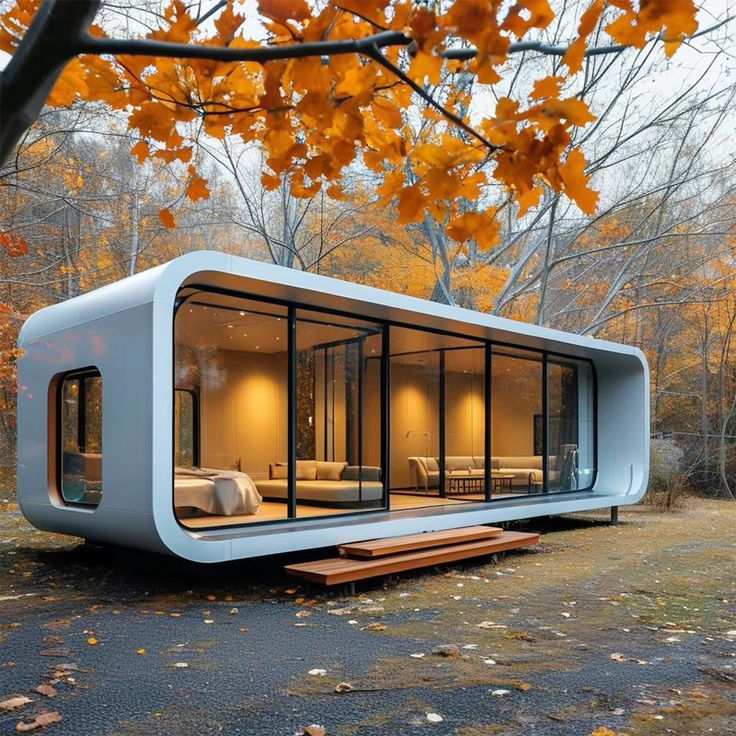
Sustainability and Eco-Friendliness of Capsule House
In today’s world, the emphasis on sustainable living is significantly increasing, making the capsule house concept even more appealing. Capsule houses are often designed with sustainability in mind, using eco-friendly materials and energy-efficient technologies to minimize their environmental impact. These houses frequently boast features such as solar panels, rainwater collection systems, and high-quality insulation. Together, these elements create a home that is both livable and environmentally responsible.
The small footprint of a capsule house leads to lower resource consumption. This design also reduces waste production, contributing to a more sustainable lifestyle. Residents focus on simplicity and minimalism, embracing a less materialistic way of living. This lifestyle choice benefits both personal growth and the planet.
In addition to the use of sustainable materials, many capsule houses utilize renewable energy sources to power their homes. This can include solar panels installed on the roof, along with energy-efficient appliances that keep energy consumption low. This conscious choice of energy sources leads to a significant reduction in carbon footprints, promoting not just personal health and financial savings, but also planetary health.
Capsule House as a Solution for Urbanization Challenges
As cities continue to grow, the challenge of population density and housing affordability becomes increasingly apparent. Capsule houses emerge as an effective solution amidst these urbanization difficulties. Traditional housing markets are increasingly out of reach for many city dwellers, making it difficult to find affordable options. Capsule houses offer a feasible alternative for those seeking independence without the high costs usually associated with city living.
Capsule houses can be constructed rapidly, allowing for a quick response to immediate housing needs. This provides options for both temporary shelter and permanent residences in urban areas. Urban planners can foster social interaction by allocating smaller sections of land for capsule homes. This approach also allows for optimal use of space in communities.
Moreover, the compact nature of capsule houses promotes a shared infrastructure, allowing individuals to feel a sense of community without sacrificing their desire for privacy. Additional amenities—like shared gardens, laundry facilities, and social spaces—can be incorporated to enhance the living experience within these neighborhoods.
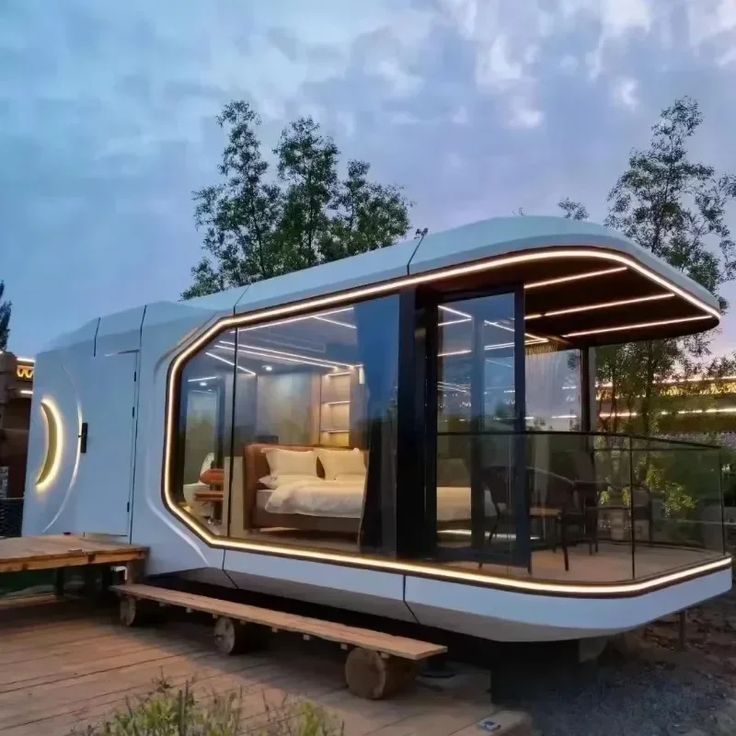
Adapting Capsule House Living for Families
Contrary to popular belief, living in a capsule house is not solely for individuals or couples. Families can benefit from the capsule house design by adapting to smaller living spaces. This approach allows them to maintain comfort while utilizing innovative solutions. The key lies in maximizing space utilization through smart design.
For instance, bunk beds are a common choice for families, allowing multiple children to share a room without sacrificing comfort. Custom-built solutions provide storage in unexpected places, like under stairs or within modular furniture. This enhances the utility of capsule living for families.
Additionally, open-plan designs facilitate interaction among family members, creating a sense of togetherness despite the limited square footage. These designs empower families to engage in activities together, strengthening bonds while promoting shared experiences that are the foundation of family life.
The Future of Capsule Houses in the Real Estate Market
The rise in popularity of capsule houses signals a shift in the real estate landscape. As more individuals become aware of the benefits that capsule houses offer, it is anticipated that their market presence will expand. Real estate developers are starting to see capsule houses as a viable solution for housing shortages. These innovative homes also meet the growing demand for affordable living spaces.
As the focus on sustainable living grows stronger, developers are increasingly inclined to pursue eco-friendly projects. Capsule house designs seamlessly align with this trend. These constructions have the potential to complement existing housing strategies, providing opportunities for innovative urban planning. This will benefit not only future homeowners but also the communities they inhabit.
As society increasingly embraces minimalism and responsible living, the capsule house may become a standard option for housing. This shift could alter perceptions of what a home can be and how it functions within a larger context.
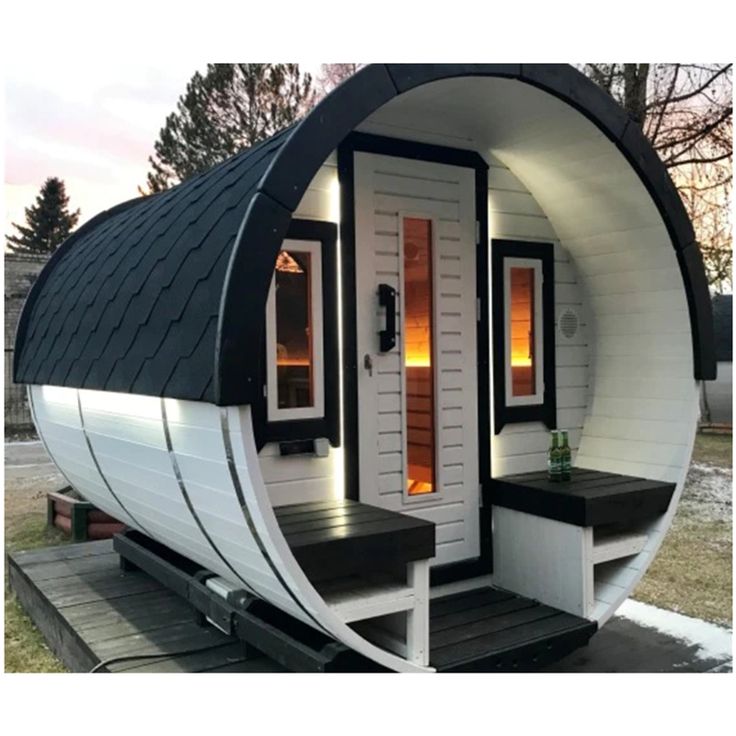
Conclusion: Embrace the Capsule House Living Experience
In conclusion, the capsule house represents a transformative approach to small space living, combining innovative design, sustainability, and affordability into one compact unit. Capsule houses provide a unique living experience focused on efficiency and simplicity. They are suitable for single professionals, couples, and families alike.
The demand for affordable housing is on the rise, and urban spaces are becoming increasingly crowded. In this context, the capsule house emerges as a practical solution. It provides all the essential amenities without excess. This enables residents to focus on relationships, experiences, and personal growth rather than material possessions.
Embrace the capsule house living experience and unlock a new realm of possibilities in small space living. The capsule house offers innovative solutions that make it a practical lifestyle choice for those looking to simplify their lives. It serves as a sustainable option for individuals who want to contribute to a more environmentally friendly future.

